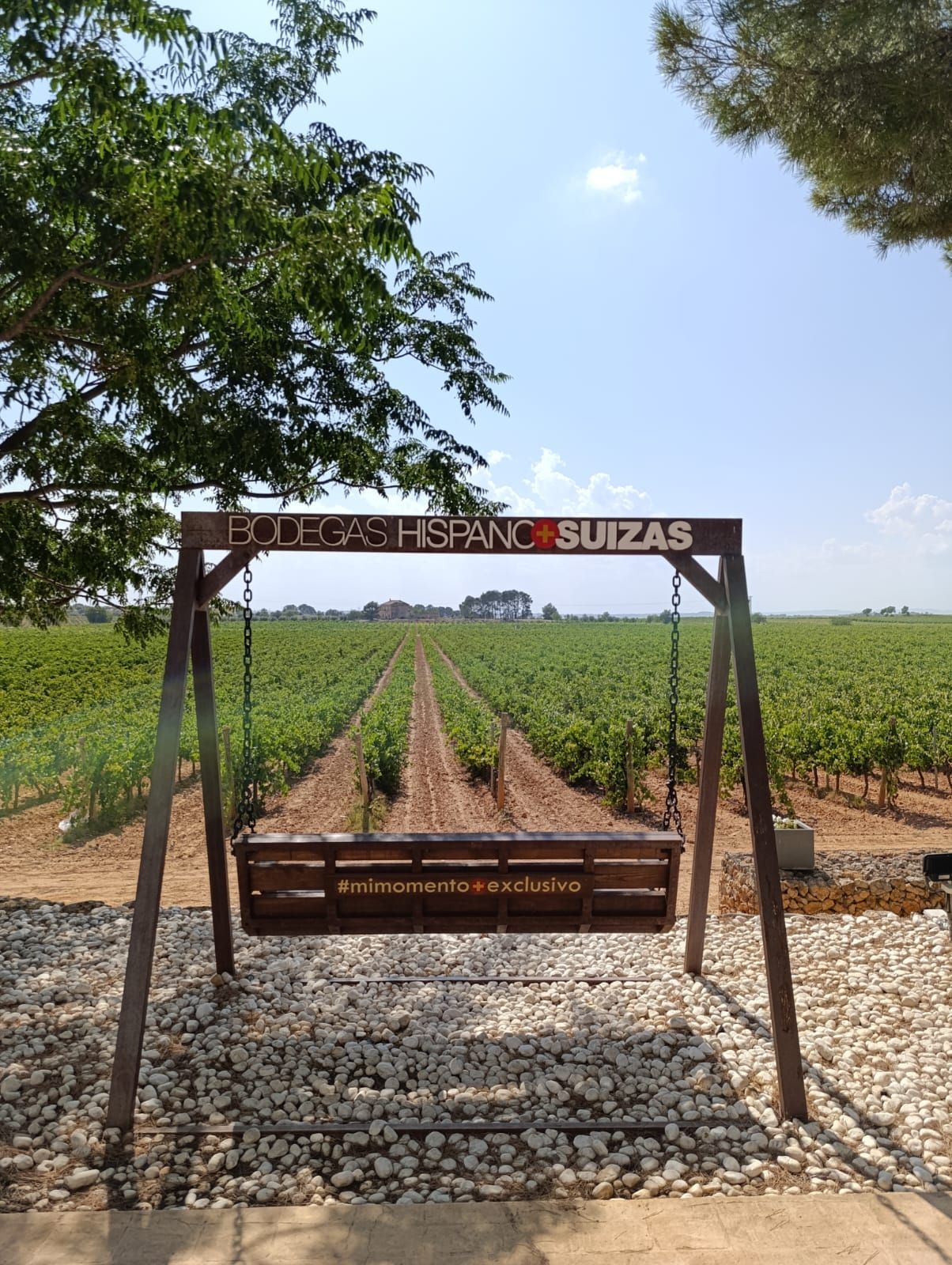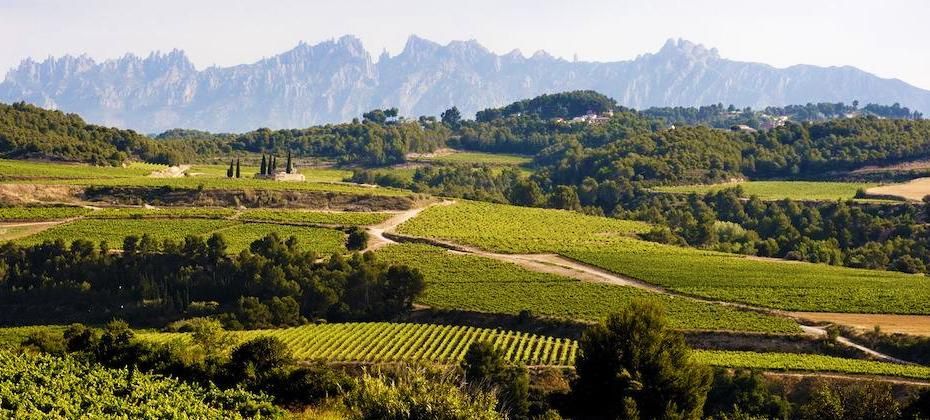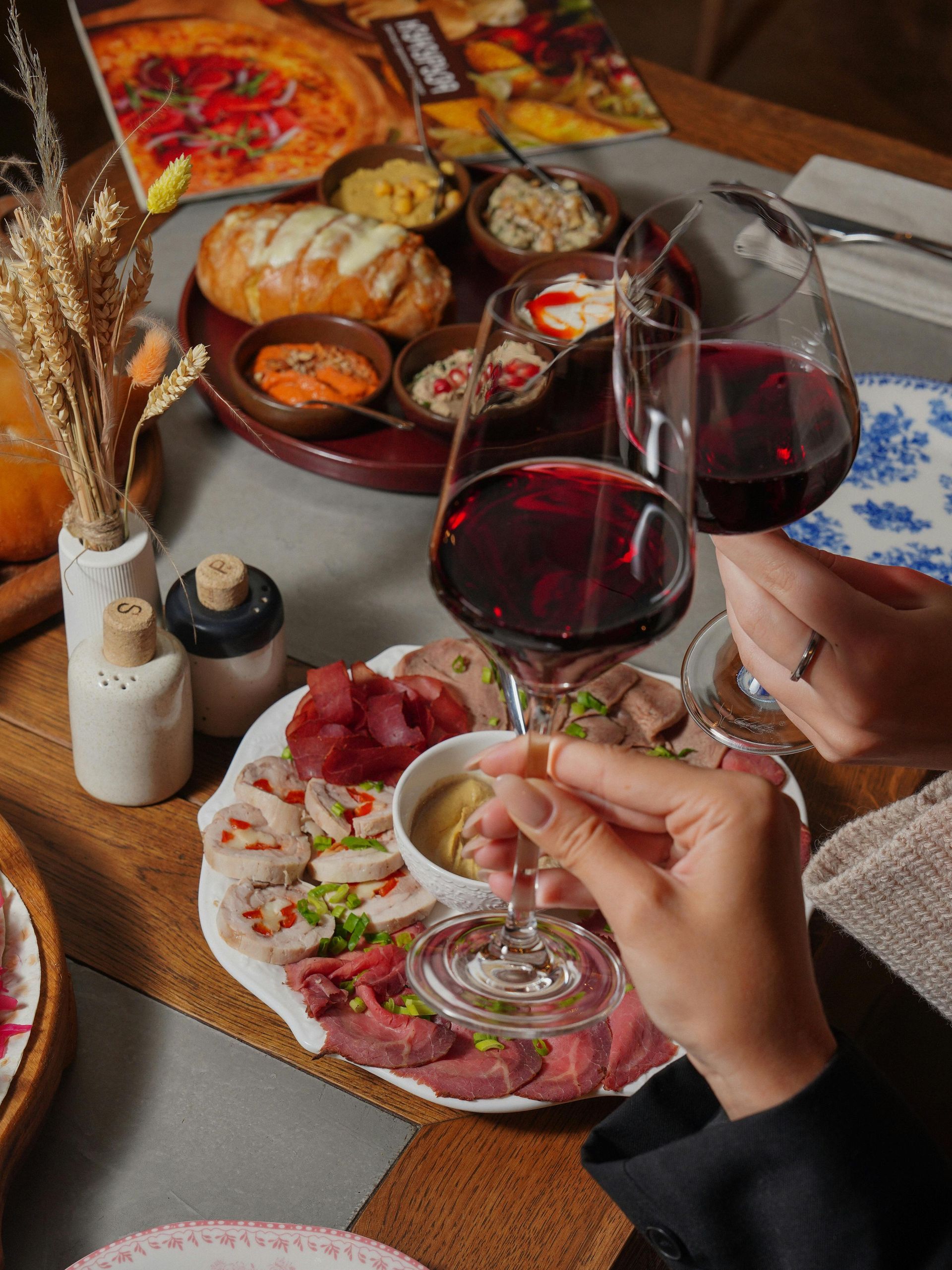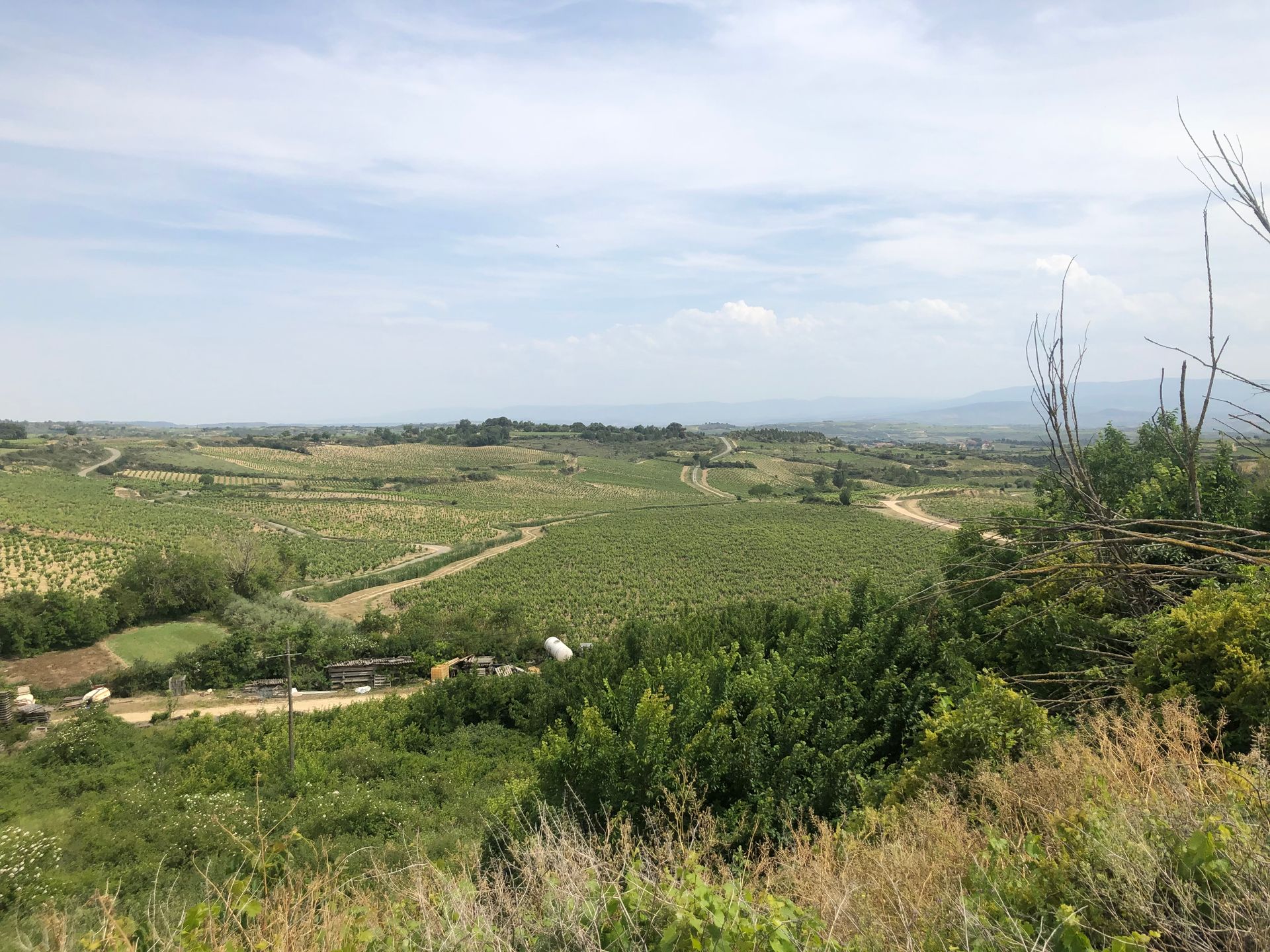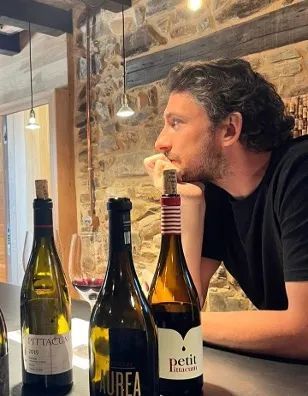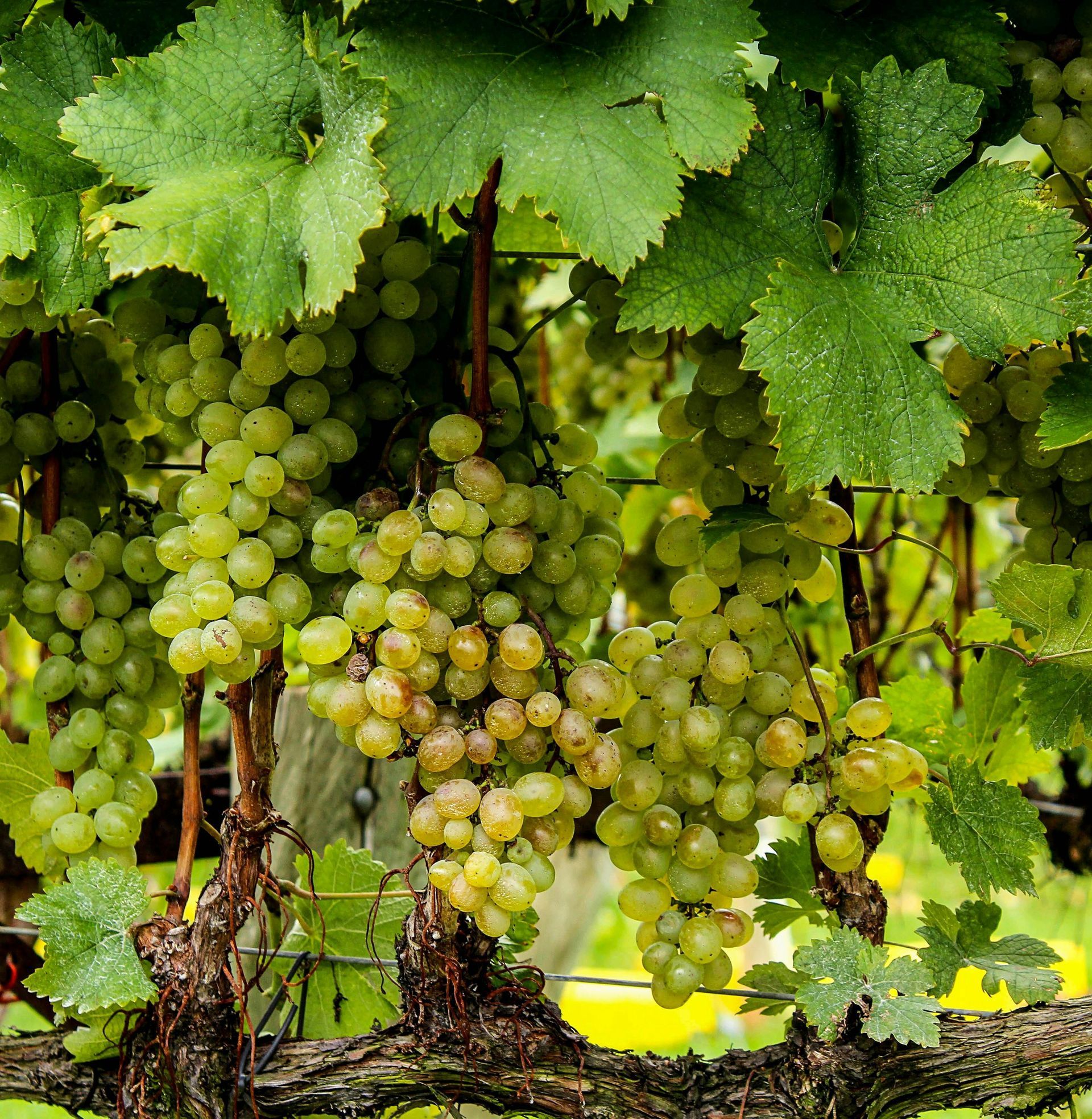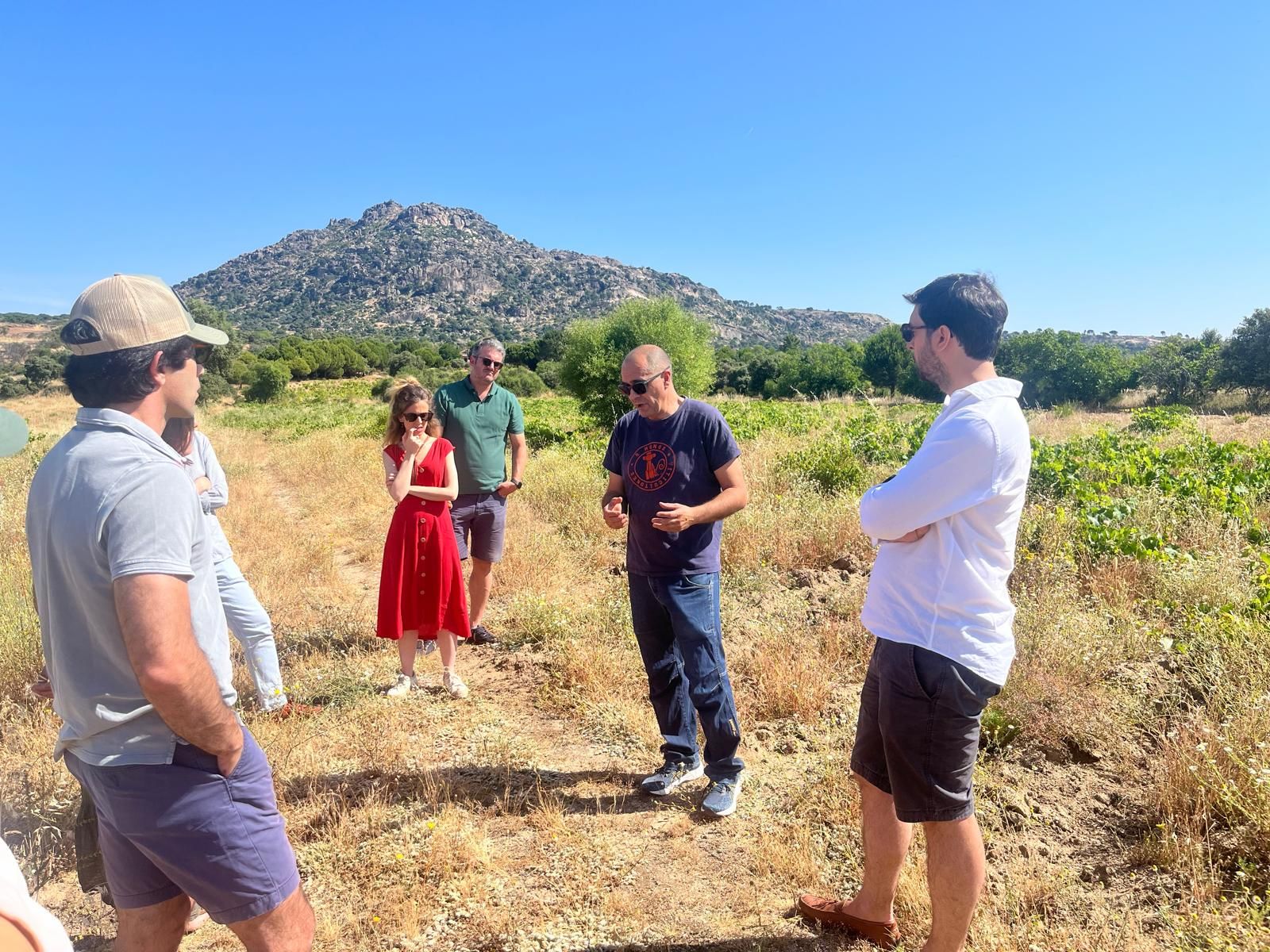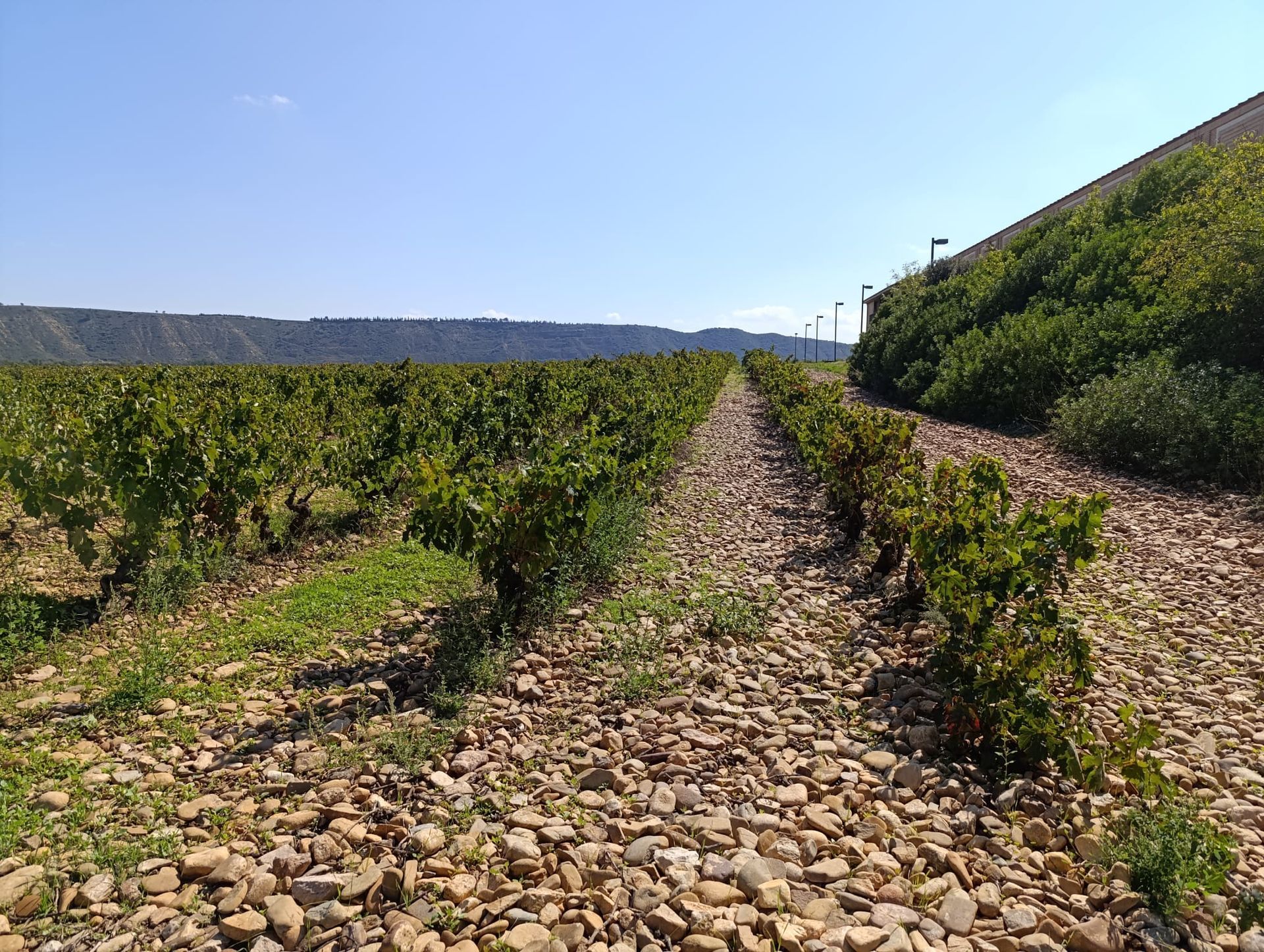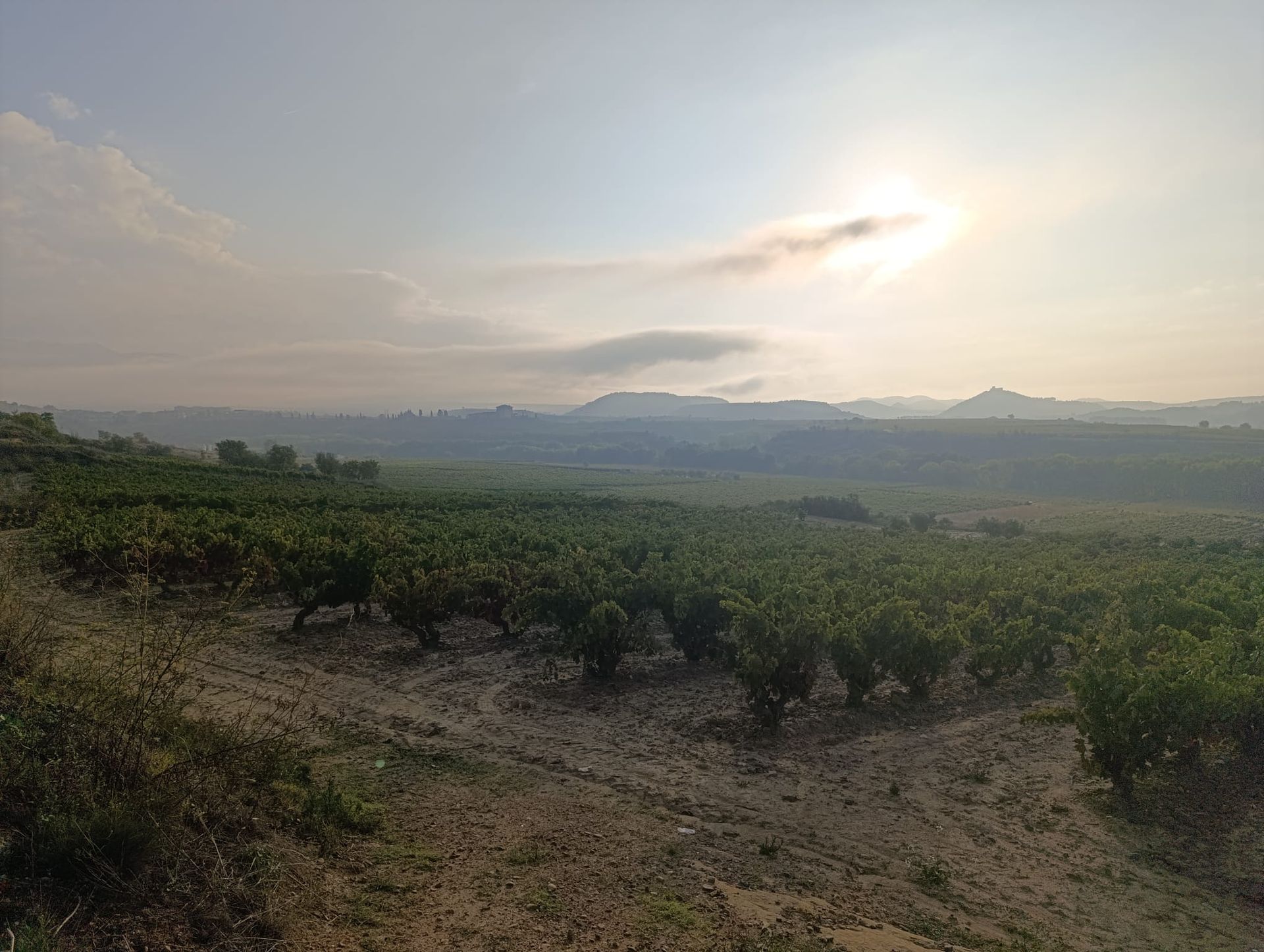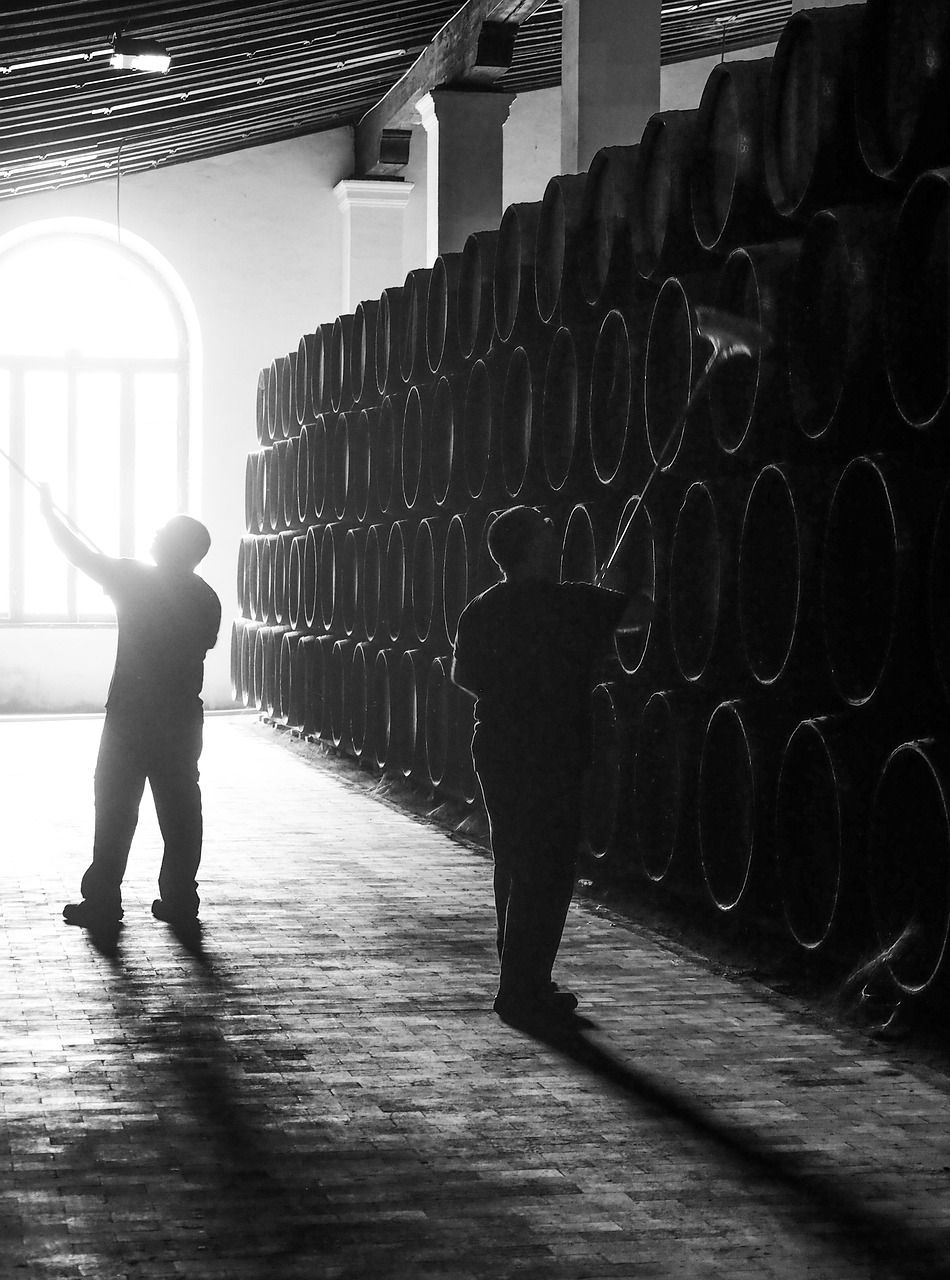Spain’s major cities Barcelona, Valencia, Madrid, Seville, and Santiago de Compostela are known for their vibrant culture, iconic landmarks, and incredible food scenes.
But what many visitors don’t realise is that each of these cities has excellent wine regions within easy reach. These areas not only offer top-quality wines but also give you a deeper insight into local traditions, landscapes, and ways of life.
If you’re visiting Spain and want to combine sightseeing with a day of wine exploration, these five wine regions are perfect. They sit just beyond the city limits, waiting with boutique wineries, rustic lunches, and wines that rarely make it onto international shelves. Forget the big names like Rioja and Ribera for a moment, this is where you can taste something truly authentic.
1. Penedès - Barcelona’s Sparkling Playground
Just 45 minutes from Barcelona, Penedès is the heartland of Cava, Spain’s traditional method sparkling wine. The main grape varieties here are Xarel·lo, Macabeo, and Parellada, which give wines freshness and minerality.
But Penedès is also home to still wines, from aromatic whites to surprisingly elegant reds made with Sumoll, an indigenous grape making a quiet comeback.
What to try: Traditional brut nature Cava, single-varietal Xarel·lo, and any small-batch Sumoll.
Suggested itinerary:
- Morning: Tour a family-run Cava producer in Sant Sadurní d’Anoia. Recaredo and Gramona are benchmarks for quality.
- Lunch: Enjoy Catalan cuisine in Vilafranca del Penedès. Try grilled vegetables with romesco paired with Xarel·lo.
- Afternoon: Visit a smaller organic estate like AT Roca or head to Montserrat for panoramic views.
Ruta del Vino: www.enoturismepenedes.cat
2. Utiel-Requena - Valencia’s Bold Heart
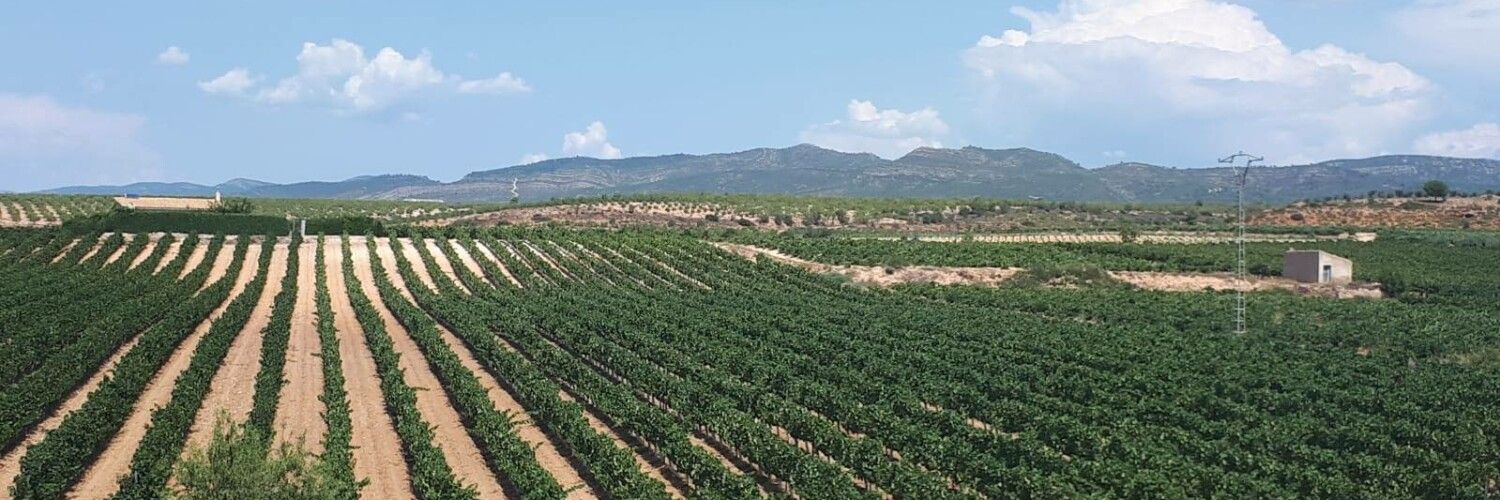
Just an hour inland from Valencia, Utiel-Requena produces wines with real character, thanks to its native grape Bobal. Known for its deep colour and juicy, dark fruit, Bobal can produce both structured reds and vibrant rosés. You’ll also find crisp white wines made from Tardana and some excellent high-altitude Cava.
What to try: Young, fruit-driven Bobal reds, pale rosados, and barrel-aged Bobal that shows the grape’s complexity.
Suggested itinerary:
- Morning: Explore Requena’s underground wine caves, remnants of medieval winemaking.
- Lunch: Sample ajoarriero (garlic and cod paste) with a chilled Bobal rosé in a local restaurant.
- Afternoon: Taste Cava and premium reds at a winery such as Bodegas Hispano Suizas.
Ruta del Vino: www.rutavino-utielrequena.com
3. Montilla-Moriles - The Andalusian Whisper
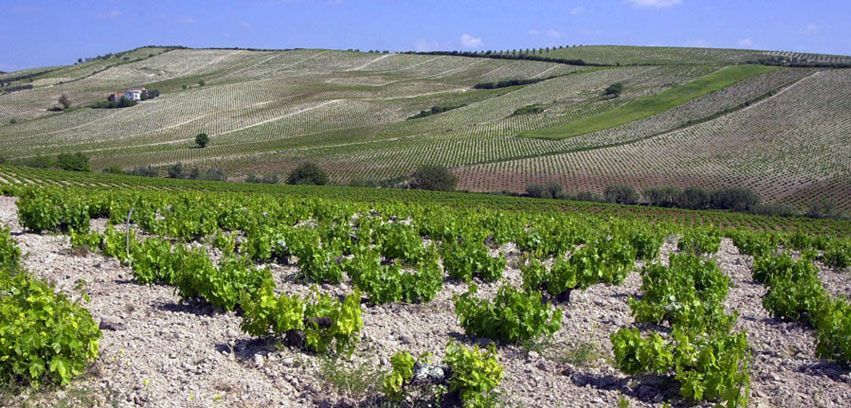
South of Córdoba, Montilla-Moriles specialises in wines made from Pedro Ximénez (PX). While PX is known for its rich sweet wines, here it also produces elegant, dry, Sherry-style wines like fino and amontillado. Compared to Jerez, these wines are softer and rounder, shaped by the region’s warm inland climate.
What to try: Dry PX, fino straight from the cask, and classic sweet PX with desserts.
Suggested itinerary:
- Morning: Visit a traditional bodega in Montilla to see the solera system in action.
- Lunch: Drive to Córdoba for salmorejo and fried aubergine drizzled with honey, paired with a glass of fino.
- Afternoon: Tour the Mezquita and enjoy a final glass in one of the city’s shaded squares.
Ruta del Vino: www.rutadelvinomontillamoriles.com
4. Rías Baixas - Galicia’s Ocean-Laced Whites
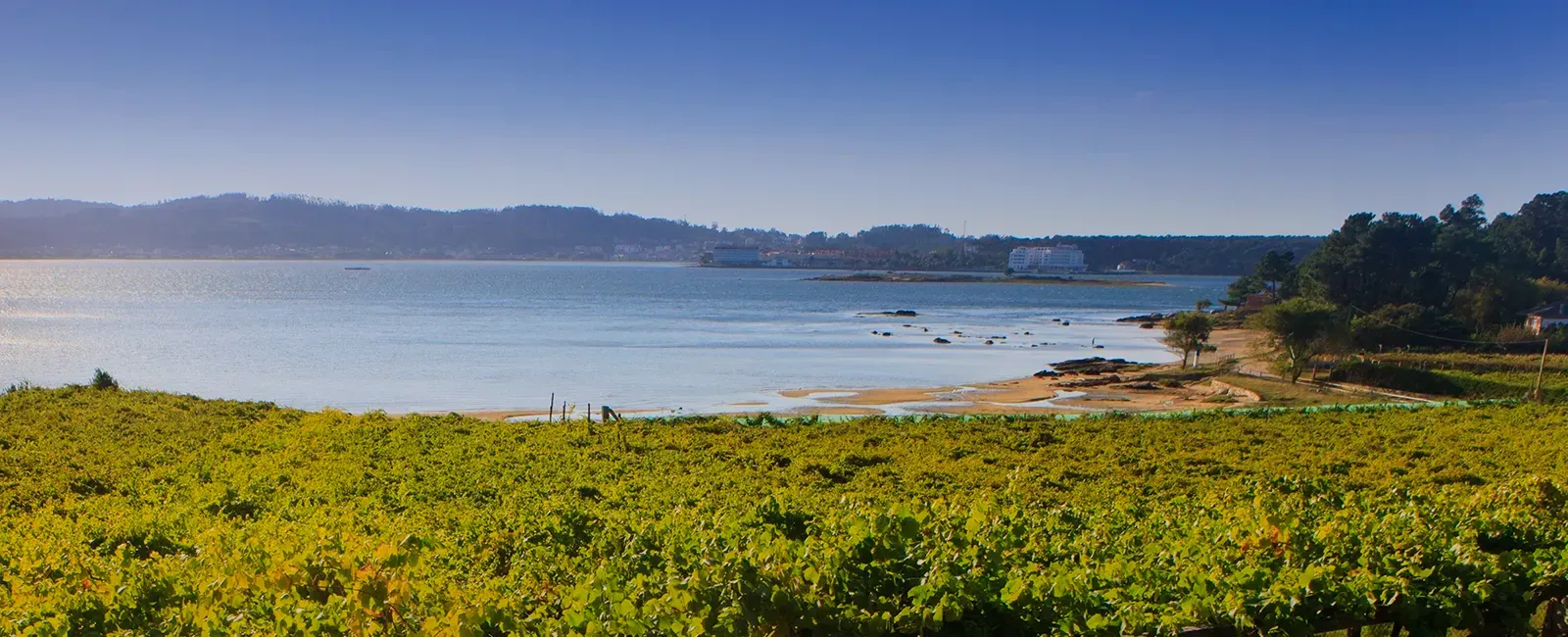
Close to Santiago de Compostela, Rías Baixas is the spiritual home of Albariño, a white grape that delivers crisp acidity, citrus flavours, and a distinct saline edge. Beyond Albariño, there are smaller plantings of Godello, Treixadura, and Caíño, offering a glimpse into Galicia’s diversity.
What to try: Albariño with local seafood, Godello for a fuller, more textured white, or even a light red made from Caíño.
Suggested itinerary:
Morning: Begin in Cambados, visiting a small Albariño producer.
Lunch: Fresh mussels, razor clams, and oysters overlooking the Ría de Arousa with a bottle of young Albariño.
Afternoon: Take a ferry to the Cíes Islands for a relaxed walk or beach stop.
Ruta del Vino: www.rutadelvinoriasbaixas.com
5. Vinos de Madrid - Garnacha Among the Granite
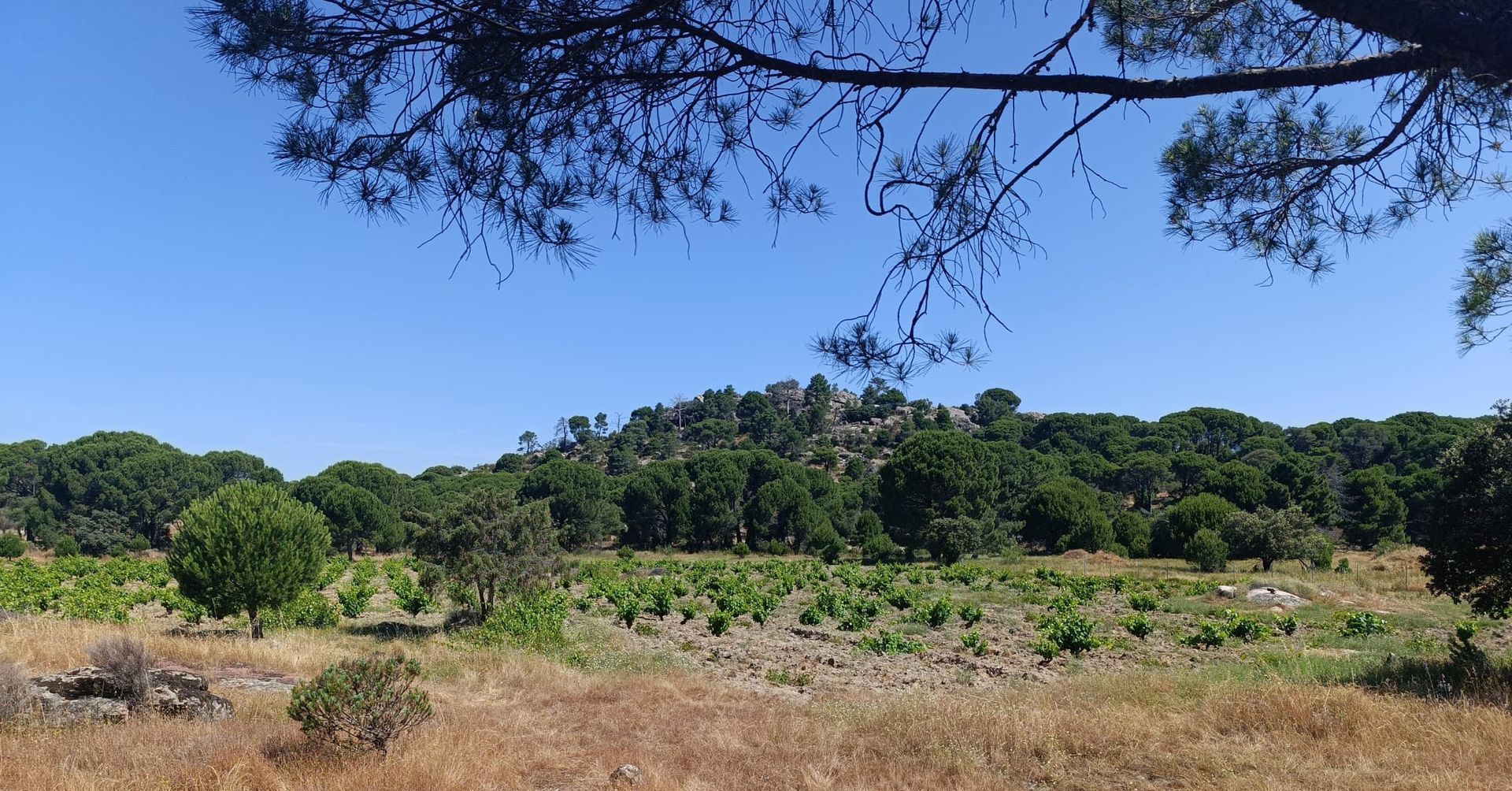
Few visitors realise Madrid has its own DO. In the Sierra de Gredos, old-vine Garnacha grows in granite soils at high altitude, producing elegant, perfumed reds. You’ll also find Albillo Real, a native white grape that creates textured, mineral-driven wines. The region has become a hotspot for low-intervention winemakers who let the vineyards do the talking.
What to try: Old-vine Garnacha, Albillo Real, and skin-contact whites from smaller producers.
Suggested itinerary:
Morning: Head to San Martín de Valdeiglesias for a tasting at a boutique Garnacha estate. Try Las Moradas for scenic vineyard views or Bernabeleva for barrel-room tastings.
Lunch: Pair roast suckling pig with a glass of Albillo at a local tavern.
Afternoon: Wander through Navalcarnero’s historic centre before returning to Madrid for an evening of tapas.
Ruta del Vino:https://madridenoturismo.org/
Why These Regions?
These five wine regions combine accessibility with authenticity. They’re close enough for a day trip from Spain’s most visited cities but far enough to offer a slower pace, stunning landscapes, and wines that you’ll rarely find elsewhere.
If you want to explore beyond the obvious names, start here, and you might just find your new favourite Spanish wine.
Want Vine Travel to organise the best tour for you? Book your Madrid wine tour here, Utiel-Requena wine tour here or write to us for a quote.
Author: Michael Pope
Date: July 23, 2025

